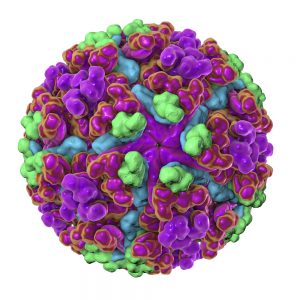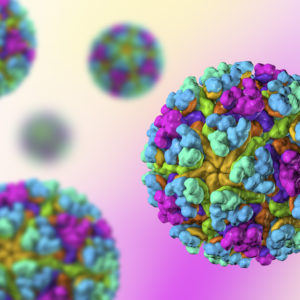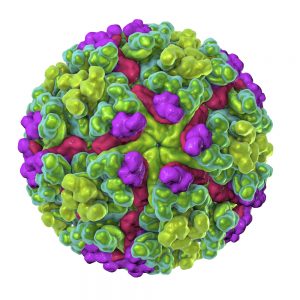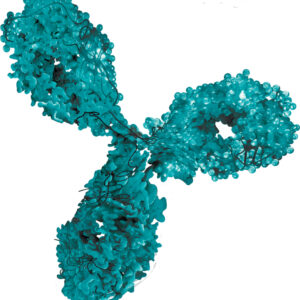Mayaro
Mayaro fever is an emerging acute viral disease endemic in Central and South America. Mayaro virus (MAYV) is classified in the Semliki Forest virus antigenic complex and shares similarities with the Chikungunya alphavirus and Dengue virus, flavivirus.
The Native Antigen Company has developed a number of mammalian-expressed recombinant proteins from Mayaro virus, which may help in developing specific immunoassays for infection.
Mayaro Virus Background
Mayaro virus (MAYV) is a positive-sense, single-stranded RNA virus, belonging to the alphavirus genus and togaviridae family. It is a member of the Semliki Forest antigenic sero-complex, a serological group within the alphavirus genus, and is closely related to Chikungunya virus (CHIKV) (Esposito, D.L.A).
MAYV is an arthropod-borne virus, thought to be transmitted by Haemagogus mosquitoes to forest-dwelling non-human primates and migratory birds, which act as natural reservoirs for the virus. Humans can be infected when working or living in forested areas where MAYV is prevalent. Studies suggest that MAYV may be also transmitted by the Aedes aegypti mosquito, raising concerns that the virus could spread to urban areas where A. aegypti are widespread.
In humans, Mayaro virus causes an acute febrile illness which presents with a range of non-specific clinical symptoms including headache, myalgia, rash, diarrhoea, nausea and severe persistent joint pain, which are similar to symptoms of Dengue fever and Chikungunya. Since it was first isolated in Trinidad in 1954, MAYV has caused major outbreaks in rural areas of Brazil and sporadic cases in Central and South American countries. However, reports suggest that cases of MAYV infection may be higher than previously documented, owing to similarities between symptoms of Mayaro fever, Dengue fever, Chikungunya and other febrile tropical diseases (CDC).
MAYV is recognised as an emerging virus with the potential to cause a major epidemic in Central and South American countries. Currently, there is no licensed prophylactic vaccine or specific treatment for MAYV fever. Standard prevention of MAYV is through vector control measures to reduce transmission of the virus. Given the geographical distribution of MAYV and the similarity of the symptoms of Mayaro fever to other infections caused by other arboviruses such Dengue fever, Chikungunya and Zika virus, it is considered important to be able to differentiate diagnostically between these arboviral diseases (CDC). Diagnosis of MAYV infection may be achieved by serological testing for MAYV-specific IgM antibodies, using enzyme-linked immunoassays. However, cross-reactivity with related viruses is a notorious issue that reduces assay sensitivity and hampers accurate diagnosis (Figueiredo, ML).
References
- Esposito DLA and Fonseca BALD (2017). Will Mayaro virus be responsible for the next outbreak of an arthropod-borne virus in Brazil? Braz J Infect Dis.21(5):540-544
- Center for Disease Control and Prevention: Emerging infectious diseases. Brunini, S et al (2017). High Frequency of Mayaro Virus IgM among Febrile Patients, Central Brazil. Research Letter. Volume 23, Number 6—June
- Figueiredo ML and Figueiredo LT (2014). Emerging alphaviruses in the Americas: Chikungunya and Mayaro. Rev Soc Bras Med Trop.47(6):677-83
Mayaro Virus Antigens
Utilising our proprietary mammalian cell expression system, we have prepared a number of recombinant Mayaro virus antigens. These include Mayaro virus-like particles (comprising E1, E2 and Capsid proteins) and soluble E2 envelope protein in a number of formats, including His-tagged and Fc-tagged. Our Mayaro antigens are valuable for the development of immunoassays that can distinguish Mayaro infection from Chikungunya infection.
Mayaro Virus Antibodies
We offer a panel of monoclonal antibodies specific to Mayaro virus. Our Mayaro virus antibodies recognise glycoprotein E1 and can be used in a wide range of applications, including assay development as matched pairs in ELISA.
Questions?
Check out our FAQ section for answers to the most frequently asked questions about our website and company.




